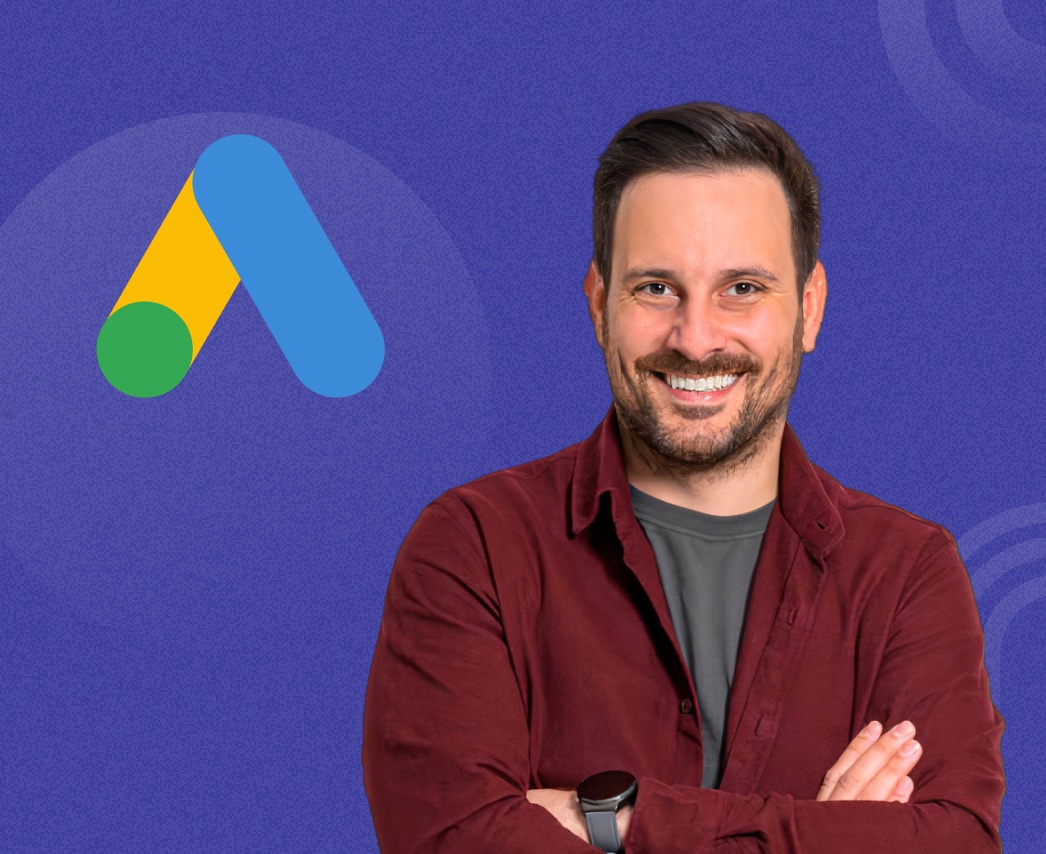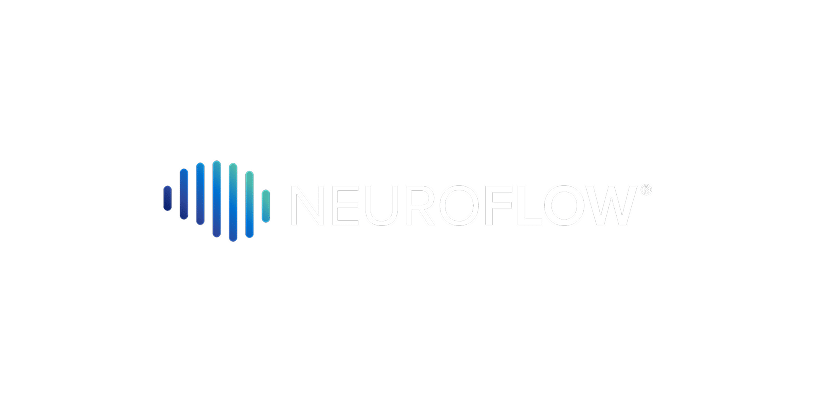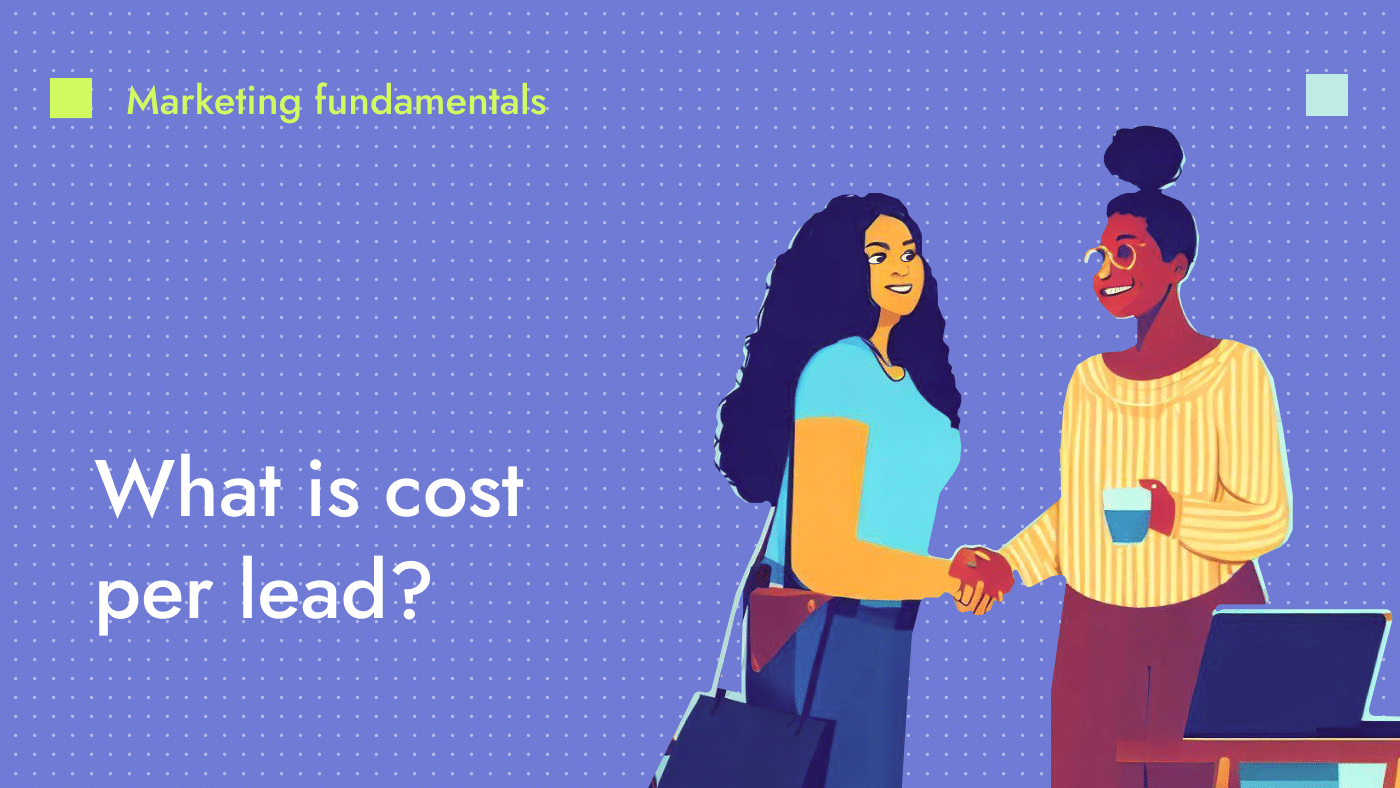- Faster market penetration: If you’re struggling to get traction on your GTM strategy, paid ads are the quickest way to gauge market interest. Given that your ICP worksheet is ready and optimized for your landing pages with proper CRO, UX and UI best practices, you may leverage PPC to quickly reach your target audience and generate initial awareness for your new product or service.
- Targeted campaigns: A new SaaS product launch requires deep research into your persona and ICP. Paid advertising is the tool to test the accuracy of that hard work: hyper-targeted campaigns will reach specific segments of your audience in the right place at the right time.
- Performance-driven approach: We all know the standards that a new product or service is held accountable to, especially around revenue. While working on the remainder of your strategy, you may use science-backed insights to optimize campaigns and adjust your strategy based on early performance, which will bring in those much-needed early dopamine (opportunity) hits.

Web development
Our proactive web design and development support will ensure your B2B website’s technical SEO performance is in top-notch shape.
























